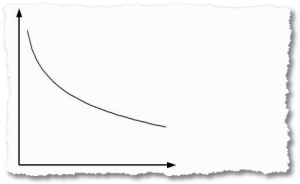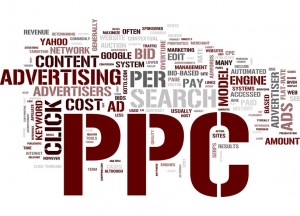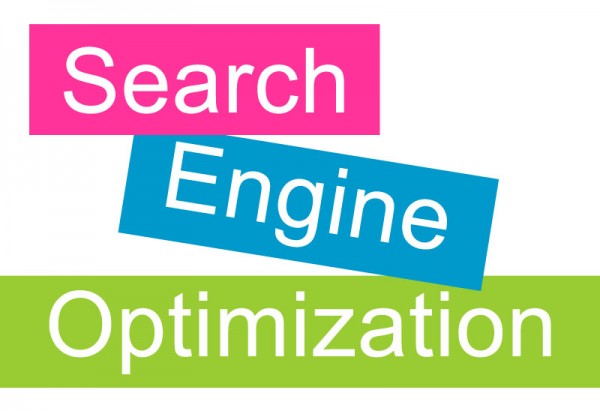Five Ways to Make Your PPC Campaigns Stand Out
When you are creating an AdWords campaign, you have a limited amount of space to reach potential customers. And you need to accomplish this with many competitors also running PPC campaigns that are trying to reach the same audience. Making your ad campaigns stand out from the crowd with only a few characters to work with is challenging but creating successful and measurable PPC campaigns can be done.
Here are a few tips for how to get the most out of your PPC campaign:
Highlight Results
Since your PPC ad will appear when someone searches on a keyword, you don’t need to use your headline to remind them about what your company does. Instead, focus on the solutions that you provide and the end result that a customer will get by clicking through to your site. Make it very clear what you are offering in return for a click.
For example, a headline such as “Learn More About Fat Reduction” is weak because it gives you no unique information about the product. Instead, a headline that says “Use Laser Liposuction to Painlessly Lose Fat” tells the reader exactly the type of treatment (laser liposuction) being offered and the unique benefit (pain-free treatment) that they can get.
Motivate Action Through Time Sensitivity
People are motivated by thinking that they are going to miss out on a special deal or offer if they don’t act immediately. One way that you can spur people to act quickly is to add a countdown clock or timer to your PPC ad. Google now has given advertisers a way to insert a countdown timer into their text ads by simply adding a snippet inside the headline or description of the ad. This gives you the ability to let people know that a sale is ending or that a special is only good for a few more days (or even hours).
Use Specific Numbers to Add Credibility to Your Claims
It’s one thing to tell your customers how much money you can save them or how many customers you’ve proved services to over the years. It’s another thing to attach specific numbers to these claims. Using figures instead of broad terms such as “many” or “countless” gives your statements credibility in the eyes of potential customers. It’s also been proven that people respond better to exact numbers (like 1,512) rather than rounded numbers (such as “more than 1,500.”)
Keep Ads in the Present
One way to improve your PPC campaigns is to take specific numbers and apply them to the amount of customers you’ve provided services for or products you’ve sold in the last month or year. Doing this creates timely and relevant ads that will make readers want to learn more.
Personalize and Localize Your Pitches
Customers want to feel like you are talking directly to them and that they aren’t just receiving a generic pitch. You can accomplish this goal by using phrases like “you” and “your” as part of your pitch and headline. Another way to personalize your advertising is to localize it by mentioning the reader’s local area or directing them to call a phone number with a local area code.
 Posted on May 26, 2015
Posted on May 26, 2015


 Posted on December 30, 2013
Posted on December 30, 2013
 Posted on May 20, 2013
Posted on May 20, 2013
 Posted on May 7, 2013
Posted on May 7, 2013
 Posted on February 18, 2013
Posted on February 18, 2013